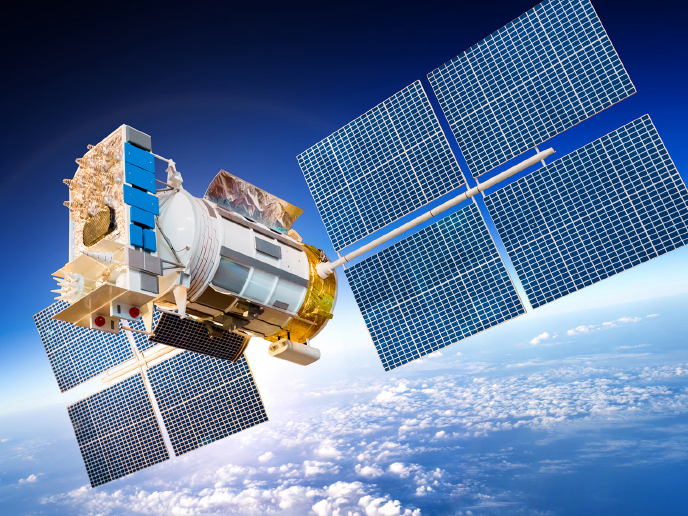Satellites: A mini revolution unfolds above us
One small step for Sputnik, one giant leap for satellite innovation
For those nearly 2 000 fully operational satellites that are orbiting our planet, they’re up there for many different reasons. Communications and Earth Observation is a major raison d’être for many of them, and was the sole purpose of most satellites launched in 2018. Indeed, most satellites are Earth-centric and are becoming an increasingly important component in the functioning of 21st century society. Meanwhile, a smaller percentage of satellites are sent up specifically to ‘look out’ into deep space, where they capture stunning images of stars, nebulas, exoplanets and other galaxies, providing invaluable data to help expand humanity’s understanding of the universe. But as more satellites are being launched up into space, satellite technology is rapidly evolving, and innovation is thriving throughout the sector. As the title of this issue’s special section indicates, one of the key trends of recent years is that satellites are becoming infinitely smaller – with some weighing only 1 kg. From 2012 to 2016, the average satellite weight went down by almost 80 % and since then, the number of small satellites launched in orbit has risen by 300 %. Smaller satellites are cheaper to manufacture, can be mass-produced and can be launched in groups (called ‘swarms’), meaning they have a lower launch cost. On the other hand, smaller satellites tend to have a shorter lifespan and their orbit around Earth is more likely to rapidly decay. Their size also limits the amount of hardware they can carry, and they lack large power and propulsion systems. However, current trends seem to indicate the pros of smaller satellites are vastly outweighing the cons – the small satellite market is absolutely booming. The entire global satellite services market’s total revenue is expected to exceed EUR 5 billion in 2021, up from EUR 2 billion in 2016, with the private sector playing an increasing role in satellite innovation. So of course, European researchers and companies want to get in on the action and grab a slice of the cake, including many innovative SMEs. In fact, out of the seven Horizon 2020-supported projects we showcase in this issue’s special section, three are funded through the dedicated SME Instrument. From pioneering work on new launch systems for the new generation of satellites, to cutting-edge research on how to ensure smaller satellites are able to work as a team and coordinate and communicate with each other, our special feature clearly highlights how Europe is reaching for the skies and is determined to play its role in this unfolding technological revolution. We look forward to receiving your feedback. You can send questions or suggestions to editorial@cordis.europa.eu.



